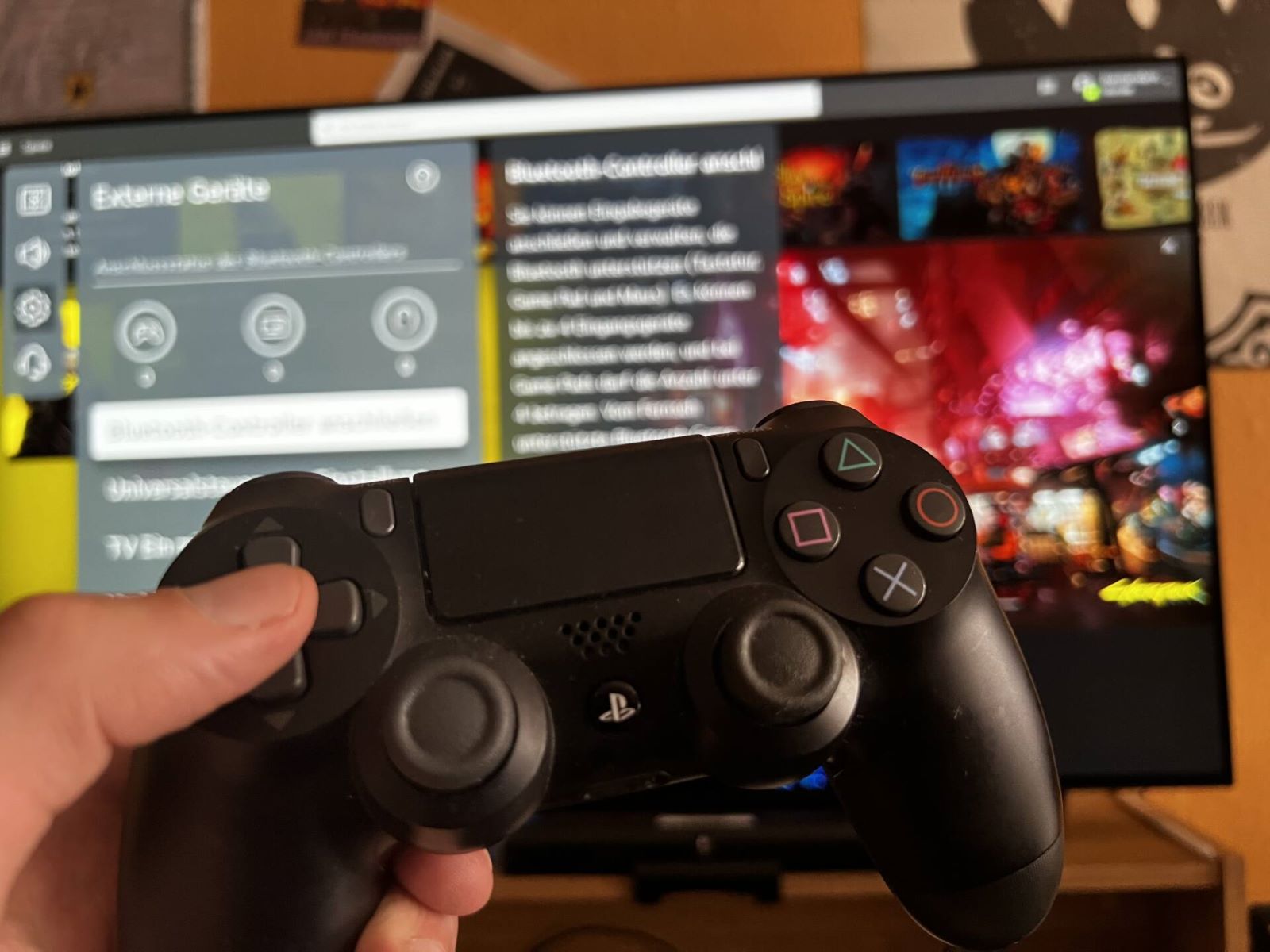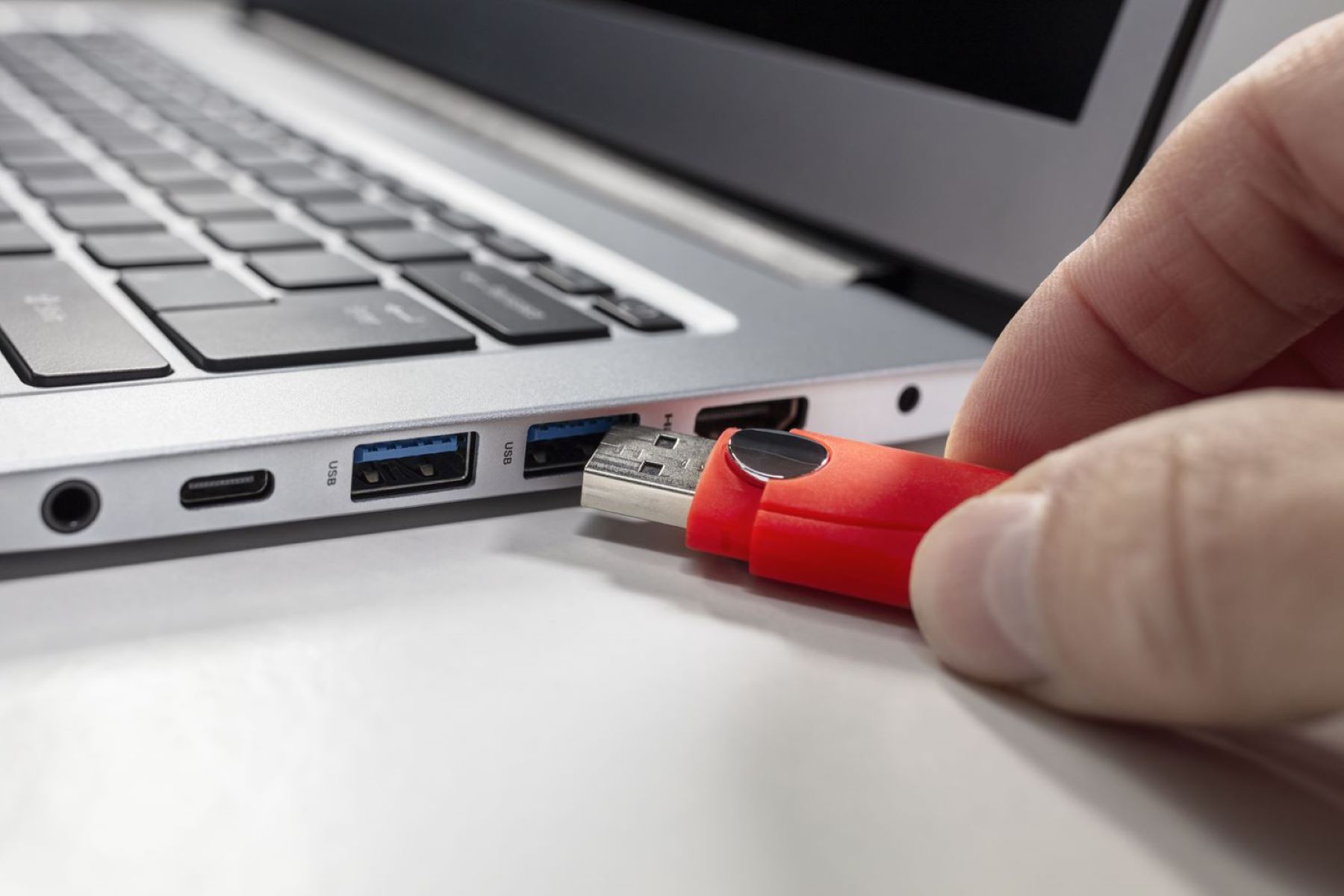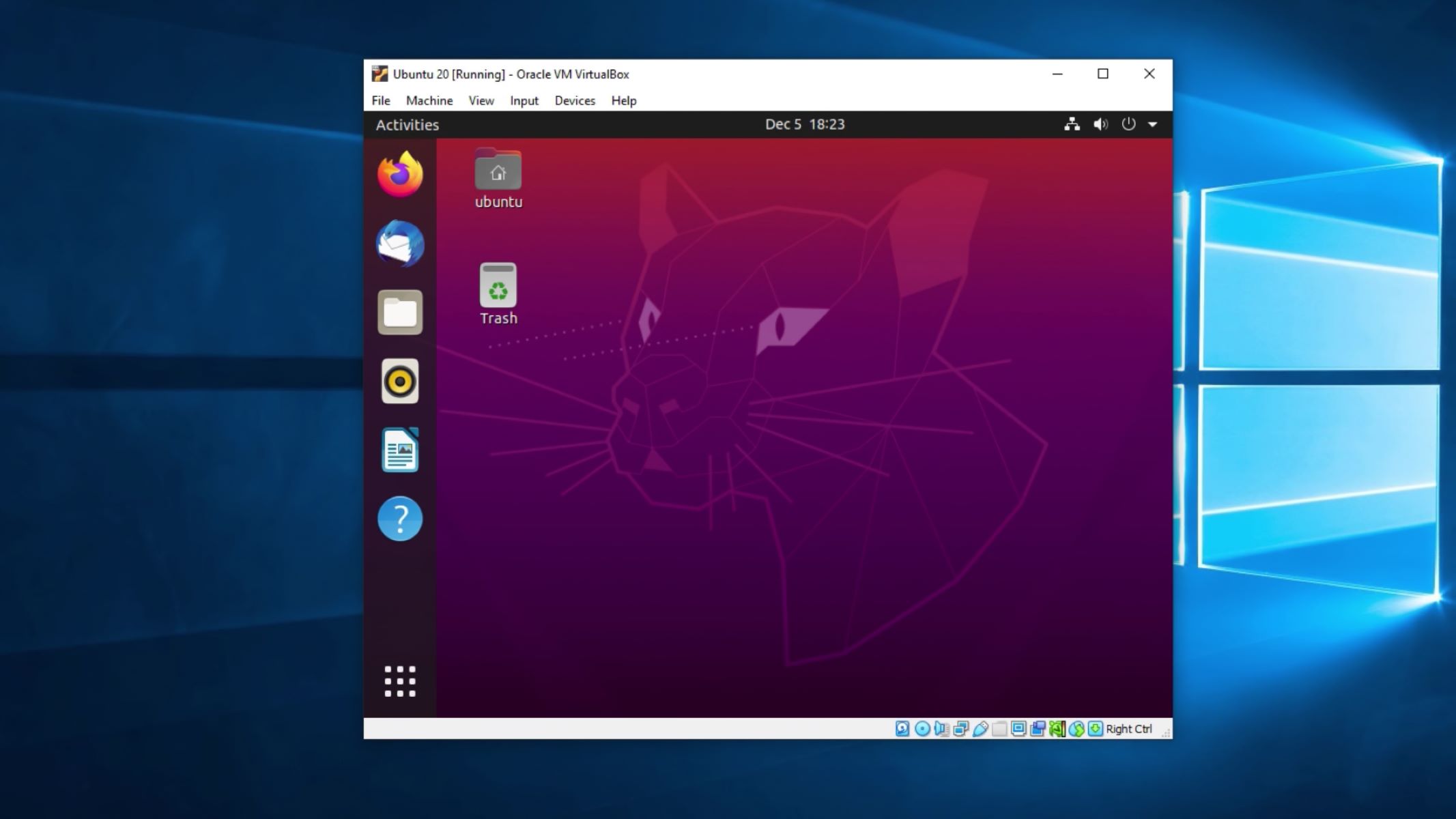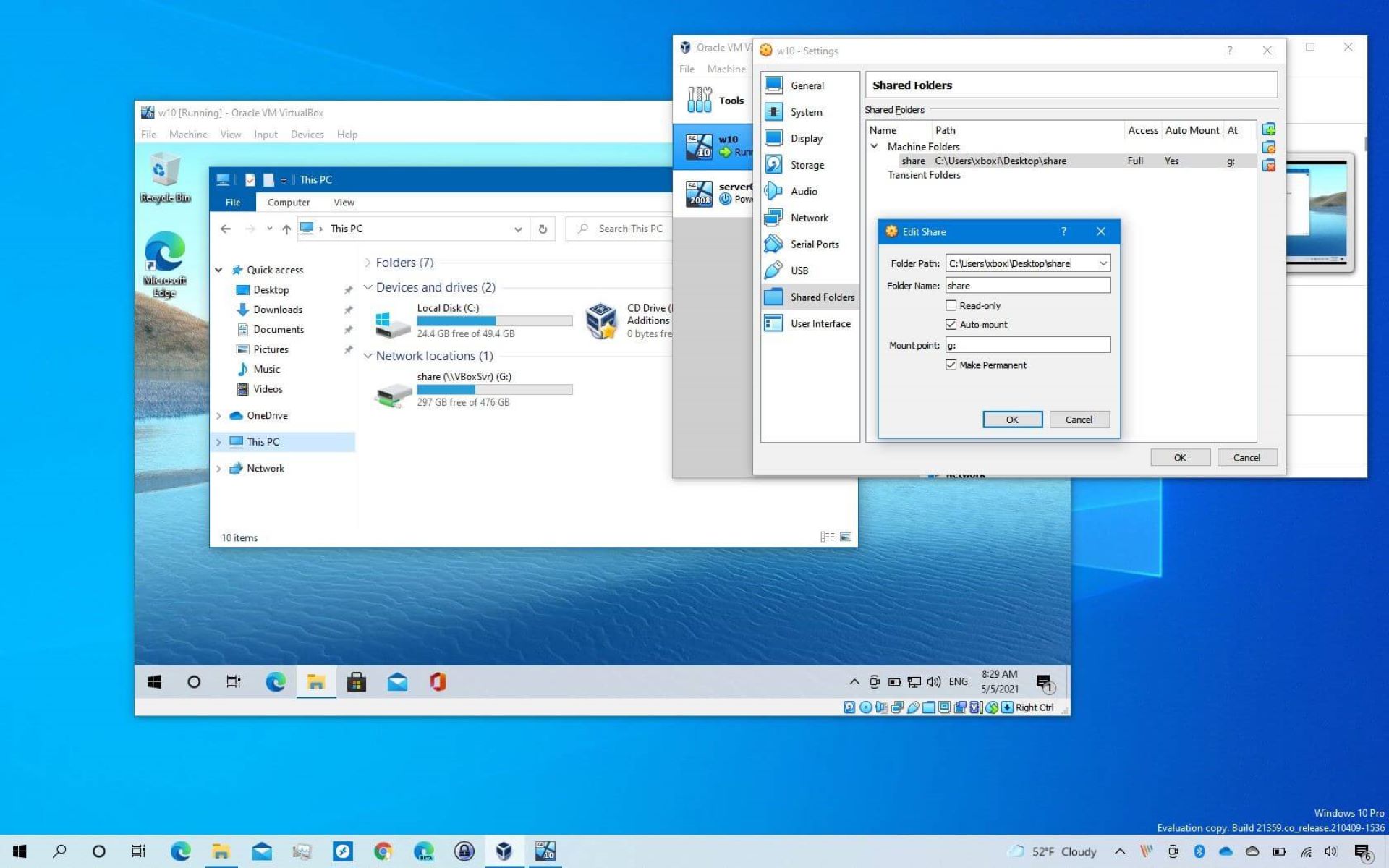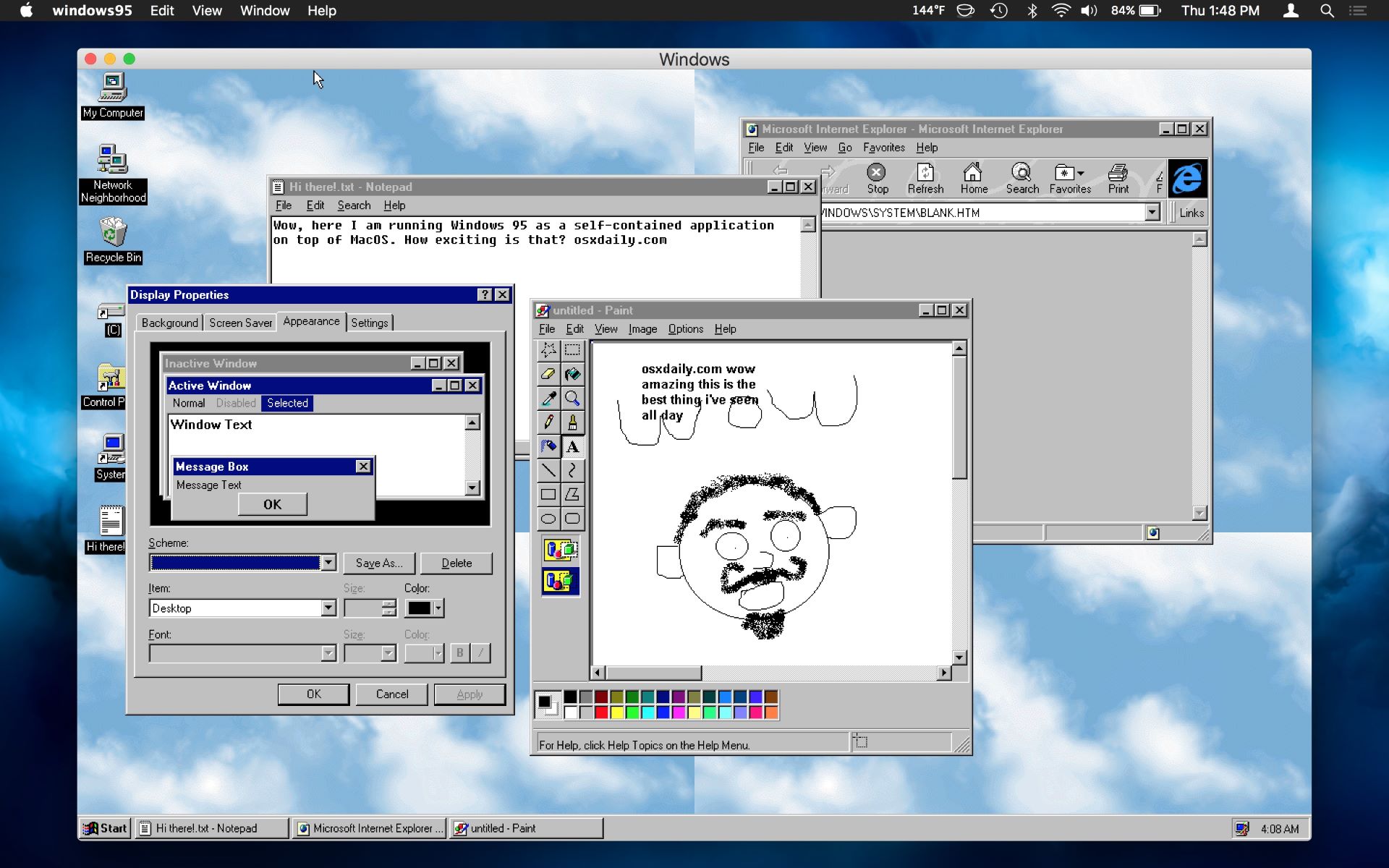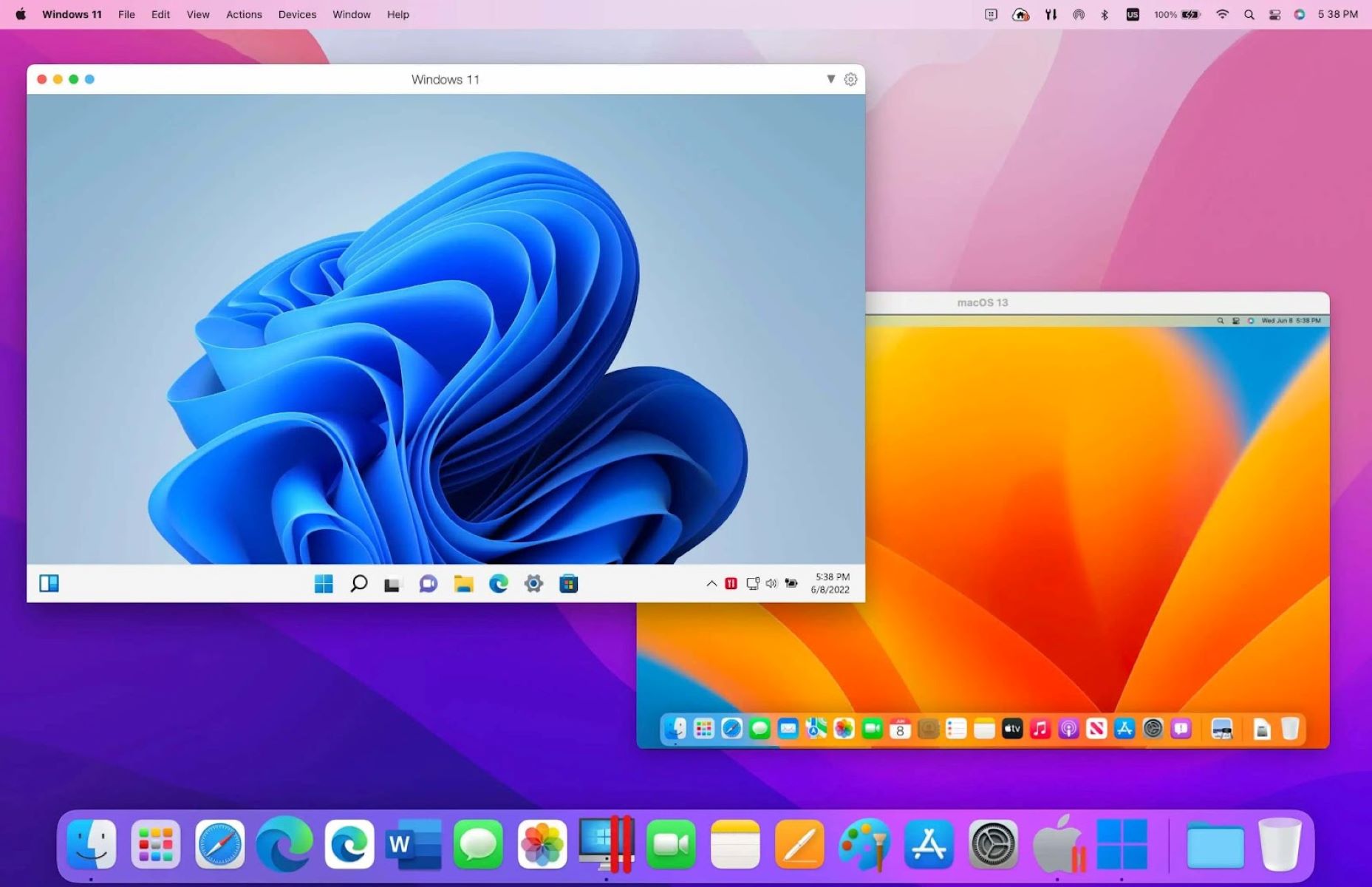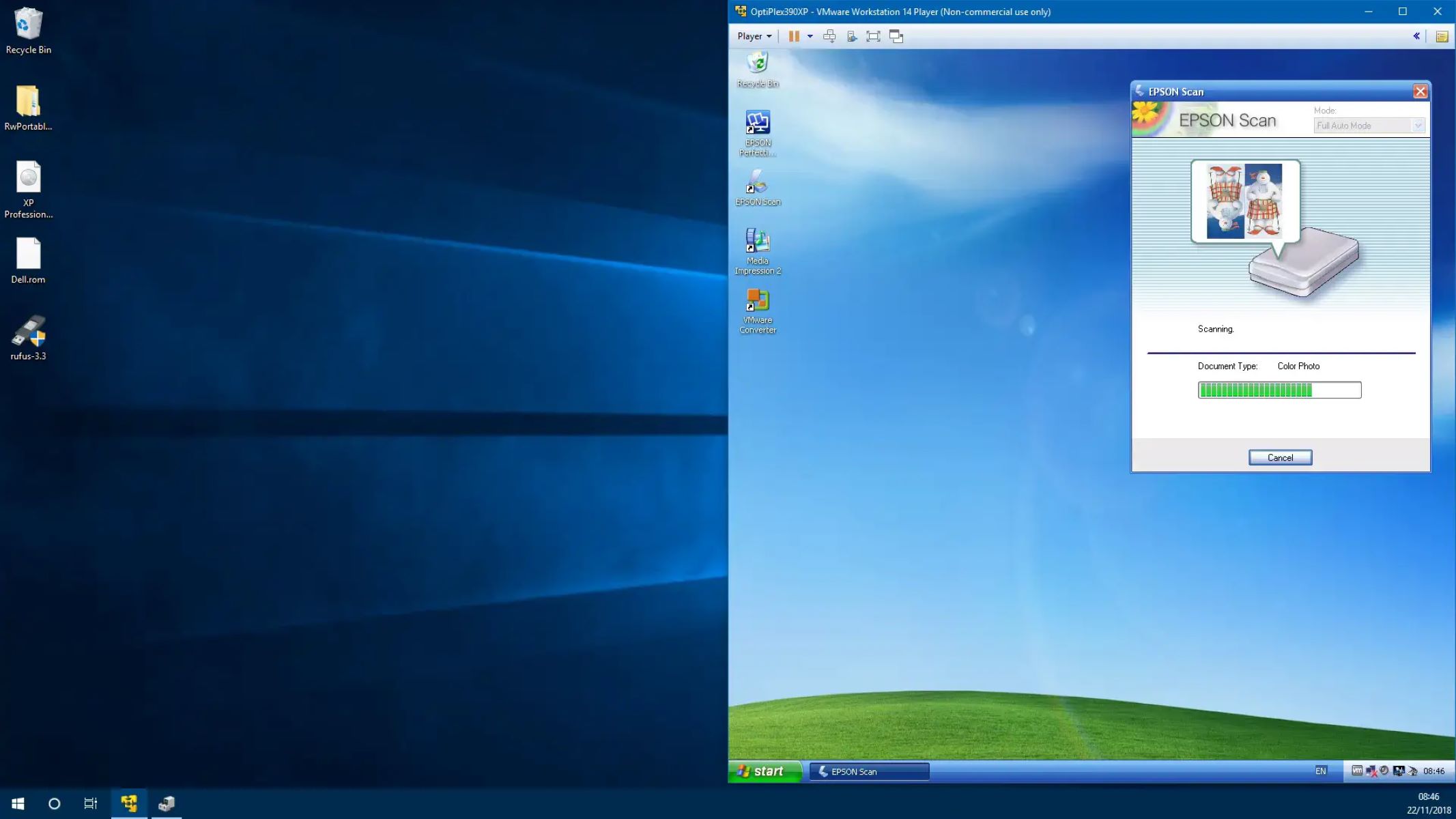Introduction
In the realm of virtual gaming, the ability to seamlessly integrate a USB game controller into a VirtualBox environment can significantly enhance the gaming experience. VirtualBox, a powerful virtualization platform, allows users to create and manage virtual machines, providing a flexible and convenient way to run multiple operating systems on a single physical machine. However, incorporating USB devices such as game controllers into a VirtualBox virtual machine requires specific configurations to ensure optimal performance.
This guide aims to demystify the process of installing a USB game controller in VirtualBox, providing step-by-step instructions to enable users to enjoy their favorite games within a virtual environment. By following these steps, users can harness the full potential of their USB game controllers while benefitting from the versatility and convenience of VirtualBox.
Ensuring a smooth and hassle-free integration of USB game controllers into VirtualBox involves several key steps, including the installation of the VirtualBox Extension Pack, connecting the USB game controller to the virtual machine, installing the necessary USB controller drivers, and configuring the USB controller settings within VirtualBox. By carefully following these steps, users can optimize their virtual gaming experience and unlock the full potential of their USB game controllers within the VirtualBox environment.
With the increasing popularity of virtualization technologies, the ability to seamlessly integrate USB peripherals such as game controllers into virtual environments has become a valuable skill for enthusiasts and professionals alike. Whether for gaming, software testing, or other applications, the ability to leverage USB devices within virtual machines can significantly expand the capabilities of VirtualBox.
By following the comprehensive steps outlined in this guide, users can harness the full potential of their USB game controllers within VirtualBox, opening up a world of virtual gaming possibilities and enhancing the overall experience of gaming within a virtual environment. Let's delve into the step-by-step process of installing a USB game controller in VirtualBox to unlock the full potential of virtual gaming.
Step 1: Install VirtualBox Extension Pack
Before integrating a USB game controller into a VirtualBox virtual machine, it is essential to ensure that the VirtualBox Extension Pack is installed. The Extension Pack provides additional features and support for USB 2.0 and USB 3.0 devices, including game controllers, enabling seamless connectivity and functionality within the virtual environment.
To begin, launch VirtualBox and navigate to the official VirtualBox website to download the Extension Pack that corresponds to your installed version of VirtualBox. It is crucial to match the Extension Pack version with the installed VirtualBox version to ensure compatibility and optimal performance.
Once the Extension Pack is downloaded, open VirtualBox and go to “File” -> “Preferences” -> “Extensions.” Click on the icon to add the Extension Pack and select the downloaded file. Follow the on-screen instructions to complete the installation process. After successful installation, the Extension Pack will provide the necessary framework to support USB devices, including game controllers, within the virtual environment.
After installing the Extension Pack, it is recommended to restart VirtualBox to apply the changes and ensure that the newly added features are fully integrated. With the Extension Pack in place, VirtualBox is equipped to facilitate the seamless connectivity and utilization of USB game controllers within virtual machines.
By installing the VirtualBox Extension Pack, users can harness the full potential of USB devices, including game controllers, within their virtual environments. This foundational step sets the stage for the successful integration and utilization of USB peripherals, paving the way for an enhanced virtual gaming experience.
Step 2: Connect USB Game Controller to Virtual Machine
Once the VirtualBox Extension Pack is installed, the next crucial step is to connect the USB game controller to the virtual machine. This process involves establishing a direct connection between the USB game controller and the virtual environment, enabling the virtual machine to recognize and interact with the controller as if it were directly connected to the physical host machine.
To initiate the connection, start by ensuring that the USB game controller is plugged into an available USB port on the host machine. With the virtual machine powered on, navigate to the VirtualBox menu and select the virtual machine to which the USB game controller will be connected. Next, go to the “Devices” menu and choose “USB,” where the connected USB game controller should be listed as an available device for passthrough.
Upon selecting the USB game controller from the list, VirtualBox will establish a direct connection between the controller and the virtual machine, allowing the virtual environment to access and utilize the controller as if it were physically connected. This seamless integration enables users to enjoy their favorite games within the virtual environment while leveraging the full functionality of the USB game controller.
It is important to note that, in some cases, additional configurations or permissions may be required to enable USB passthrough within the virtual machine. This may involve adjusting USB settings within the virtual machine’s configuration or ensuring that the appropriate USB filters are in place to facilitate the recognition and utilization of the USB game controller.
By connecting the USB game controller to the virtual machine, users can bridge the gap between physical hardware and virtual environments, unlocking the potential for immersive gaming experiences within VirtualBox. This pivotal step sets the stage for seamless interaction between the USB game controller and the virtual machine, laying the foundation for an enhanced gaming experience within the virtual environment.
Step 3: Install USB Controller Drivers
Once the USB game controller is connected to the virtual machine, it is essential to ensure that the necessary USB controller drivers are installed within the virtual environment. Installing the appropriate drivers enables the virtual machine to recognize and effectively communicate with the USB game controller, ensuring seamless functionality and optimal performance.
Begin by accessing the virtual machine’s operating system and identifying the manufacturer and model of the USB game controller. Visit the official website of the controller’s manufacturer to download the latest drivers compatible with the virtual machine’s operating system. It is crucial to select drivers tailored for the specific operating system running within the virtual machine to ensure compatibility and stability.
After downloading the USB controller drivers, navigate to the device manager or system settings within the virtual machine’s operating system. Locate the USB game controller within the device manager and proceed to update the driver software. Choose the option to manually install the drivers and select the downloaded driver files to initiate the installation process.
Follow the on-screen instructions to complete the driver installation, ensuring that the USB game controller is recognized and configured within the virtual machine. Once the drivers are successfully installed, the virtual machine will be equipped to communicate with the USB game controller, enabling seamless interaction and functionality.
It is important to verify that the installed drivers are functioning correctly by testing the USB game controller within the virtual environment. This can be achieved by accessing the controller settings within games or applications that support external controllers, ensuring that the controller’s inputs are accurately detected and responsive.
By installing the appropriate USB controller drivers within the virtual machine, users can establish a robust and reliable connection between the USB game controller and the virtual environment. This critical step ensures that the controller is recognized and fully functional within the virtual machine, setting the stage for an immersive and seamless gaming experience within VirtualBox.
Step 4: Configure USB Controller in VirtualBox Settings
Configuring the USB controller settings within VirtualBox is a pivotal step in ensuring the seamless integration and optimal performance of the USB game controller within the virtual environment. By accessing and customizing the USB controller settings, users can fine-tune the interaction between the USB game controller and the virtual machine, optimizing responsiveness and compatibility.
To begin, ensure that the virtual machine to which the USB game controller is connected is powered off. Open VirtualBox and select the desired virtual machine from the list of available machines. Navigate to the virtual machine’s settings and locate the “USB” tab within the settings menu.
Within the “USB” settings, users can manage the USB device filters to specify which USB devices, including the USB game controller, should be automatically recognized and connected to the virtual machine upon startup. Adding a USB device filter for the USB game controller ensures that the controller is seamlessly detected and made available to the virtual machine without manual intervention.
Additionally, users can adjust the USB controller settings to allocate USB 2.0 or USB 3.0 support, depending on the capabilities of the USB game controller and the host machine’s USB ports. This step is crucial in ensuring that the USB game controller can leverage the appropriate USB standard to achieve optimal performance and compatibility within the virtual environment.
It is important to review and apply the configured USB controller settings before starting the virtual machine. By customizing these settings, users can streamline the process of connecting and utilizing the USB game controller within the virtual environment, laying the groundwork for a seamless and immersive gaming experience.
Configuring the USB controller settings within VirtualBox empowers users to tailor the interaction between the USB game controller and the virtual machine, optimizing compatibility and responsiveness. This step is instrumental in ensuring that the USB game controller is seamlessly integrated and ready for use within the virtual environment, setting the stage for an enhanced gaming experience within VirtualBox.
Step 5: Test USB Game Controller in Virtual Machine
After completing the necessary configurations and installations, it is imperative to test the functionality of the USB game controller within the virtual machine to ensure that it is recognized and responsive. This step allows users to verify the successful integration of the USB game controller and assess its performance within the virtual environment.
Start by powering on the virtual machine and launching a game or application that supports external controllers. Navigate to the controller settings within the game or application to ensure that the USB game controller is detected and responsive. Test the various buttons, triggers, and joysticks to confirm that the controller’s inputs are accurately recognized and translated within the virtual environment.
During the testing phase, pay close attention to the responsiveness and accuracy of the USB game controller’s inputs within the virtual machine. Verify that the controller’s movements and actions are mirrored effectively within the game or application, indicating successful communication and integration with the virtual environment.
If the USB game controller exhibits any issues or is not detected within the virtual machine, revisit the previous steps to ensure that the necessary configurations, drivers, and settings are correctly in place. Troubleshoot any connectivity or recognition issues by reviewing the USB controller settings within VirtualBox and verifying that the appropriate drivers are installed and functioning within the virtual machine.
By thoroughly testing the USB game controller within the virtual machine, users can confirm that the controller is fully integrated and operational within the virtual environment. This final step serves as a validation of the successful installation and configuration process, ensuring that the USB game controller can be effectively utilized to enhance the gaming experience within VirtualBox.
Testing the functionality of the USB game controller within the virtual machine provides users with the assurance that the controller is seamlessly integrated and ready for use. This step marks the culmination of the installation and configuration process, validating the successful integration of the USB game controller within the virtual environment and setting the stage for an immersive and enjoyable gaming experience within VirtualBox.







